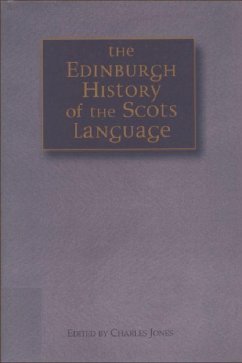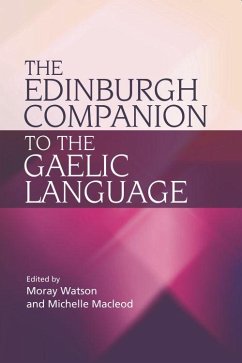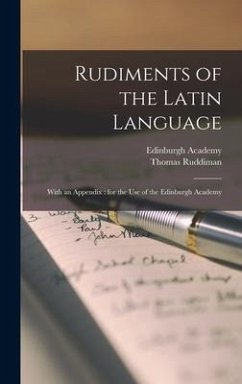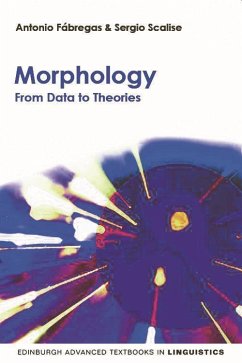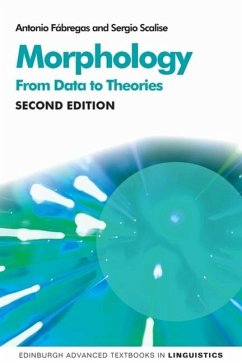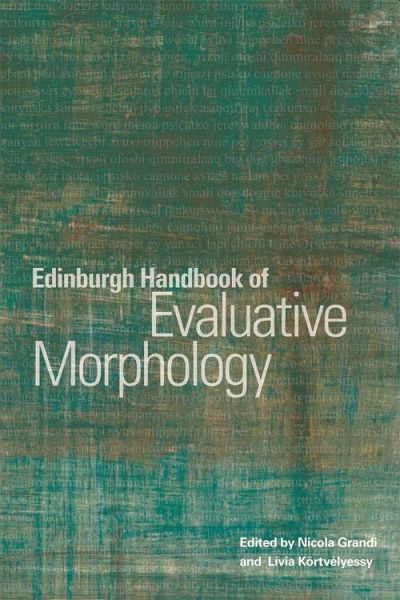
Edinburgh Handbook of Evaluative Morphology
Edinburgh Handbook of Evaluative Morphology Edited by Nicola Grandi & Livia Körtvélyessy With examples drawn from over 200 world languages, this ground-breaking volume presents a state-of-the-art overview of evaluative morphology. Offering an innovative approach to major theoretical questions, the Edinburgh Handbook analyses the field from a cross-linguistic perspective, considering semantic, pragmatic and sociolinguistic aspects, as well as word-formation processes and evaluative morphology acquisition. Complementing the synchronic approach with a diachronic perspective, this study establis...
Edinburgh Handbook of Evaluative Morphology Edited by Nicola Grandi & Livia Körtvélyessy With examples drawn from over 200 world languages, this ground-breaking volume presents a state-of-the-art overview of evaluative morphology. Offering an innovative approach to major theoretical questions, the Edinburgh Handbook analyses the field from a cross-linguistic perspective, considering semantic, pragmatic and sociolinguistic aspects, as well as word-formation processes and evaluative morphology acquisition. Complementing the synchronic approach with a diachronic perspective, this study establishes a picture of intriguing diversity in evaluative morphology manifestations, and offers a comprehensive analysis of the situation in dozens of languages and language families. Nicola Grandi is Associate Professor of Linguistics at the Department of Classic Philology and Italian Studies of the University of Bologna, Italy. Lívia Körtvélyessy is Associate Professor at P. J. Safárik University, Kosice, Slovakia.





